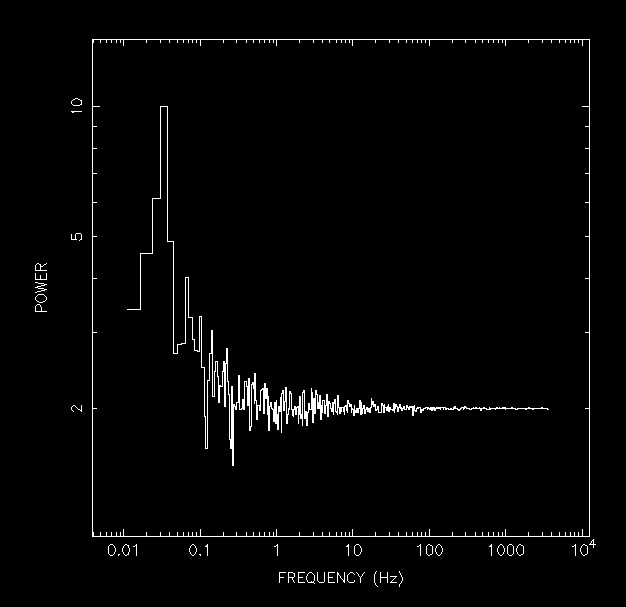NICER / ISS Science Nugget
for March 11, 2021
A NICER First Look at the New X-ray Transient IGR J17533-2928
On February 28, 2021, NICER turned to the newly discovered X-ray transient named IGR J17533-2928. ESA's INTEGRAL observatory discovered the source as part of its Galactic Center monitoring program during February 13-21. Soon afterward, accurate localization of the source with NASA's Neil Gehrels Swift Observatory confirmed that it was a previously unknown X-ray transient.
The NICER observations performed so far have provided a preliminary characterization of the new X-ray system. Its soft X-ray spectrum suggests that IGR J17533 is likely a low-mass X-ray binary (LMXB), in which an evolved Sun-like companion star transfers matter to a compact object — either a neutron star or a black hole. The measured X-ray flux implies a relatively low-luminosity system even in the extreme hypothesis of a source located at the far edge of the Milky Way, suggesting a neutron star accreting at low levels in the binary system.
Fourier analysis of the NICER dataset reveals a significant quasi-periodic oscillation (QPO) in X-ray brightness, characterized by a low frequency (one cycle every few seconds) and relatively large amplitude. The accompanying figure shows the Fourier spectrum derived from the NICER data, where the temporal feature is evident. The low-frequency QPO is probably associated with the accretion processes occurring very close to the compact object in IGR J17533. However, the non-detection of signatures typical of emission directly from a neutron star surface in the high-time resolution NICER data does not yet allow unambiguous identification of the compact object's nature. Future detection of such phenomena — such as thermonuclear runaways (Type-I X-ray bursts) or coherent pulsations due to a "lighthouse" beam from a spinning star — or a deeper study of the X-ray spectrum will enable us to better understand this new system.
These results were described in Astronomer's Telegram #14442 by A. Sanna (Univ. of Cagliari, Italy) & collaborators.

Figure: The Fourier spectrum (magnitude of variability as a function of frequency) of the X-ray source IGR J17533-2928 as observed by NICER. The sharp peak at very low frequency values represents the quasi-periodic variability likely associated with the compact object's accretion processes.
<< Previous
Main Index
Next >>